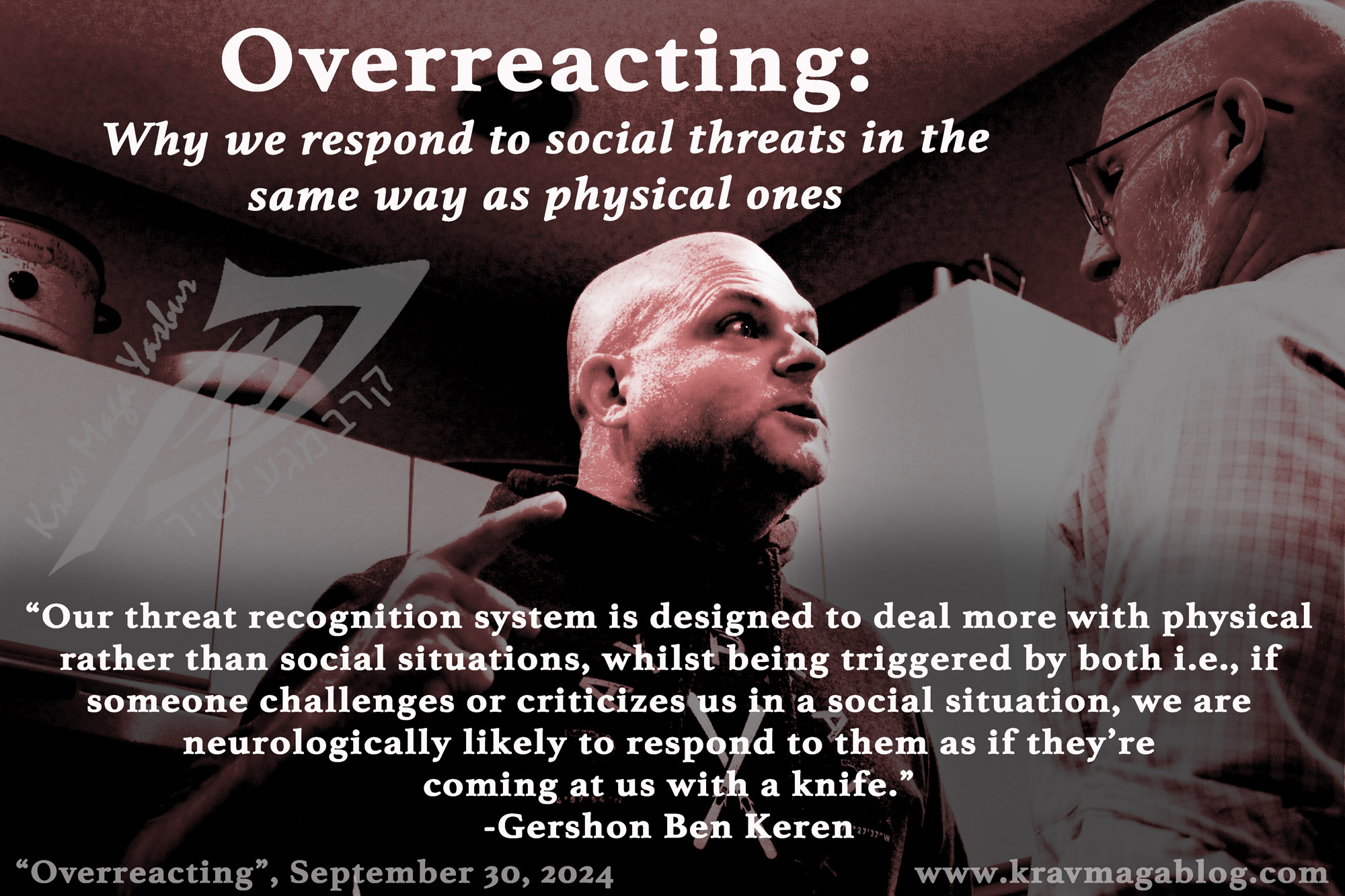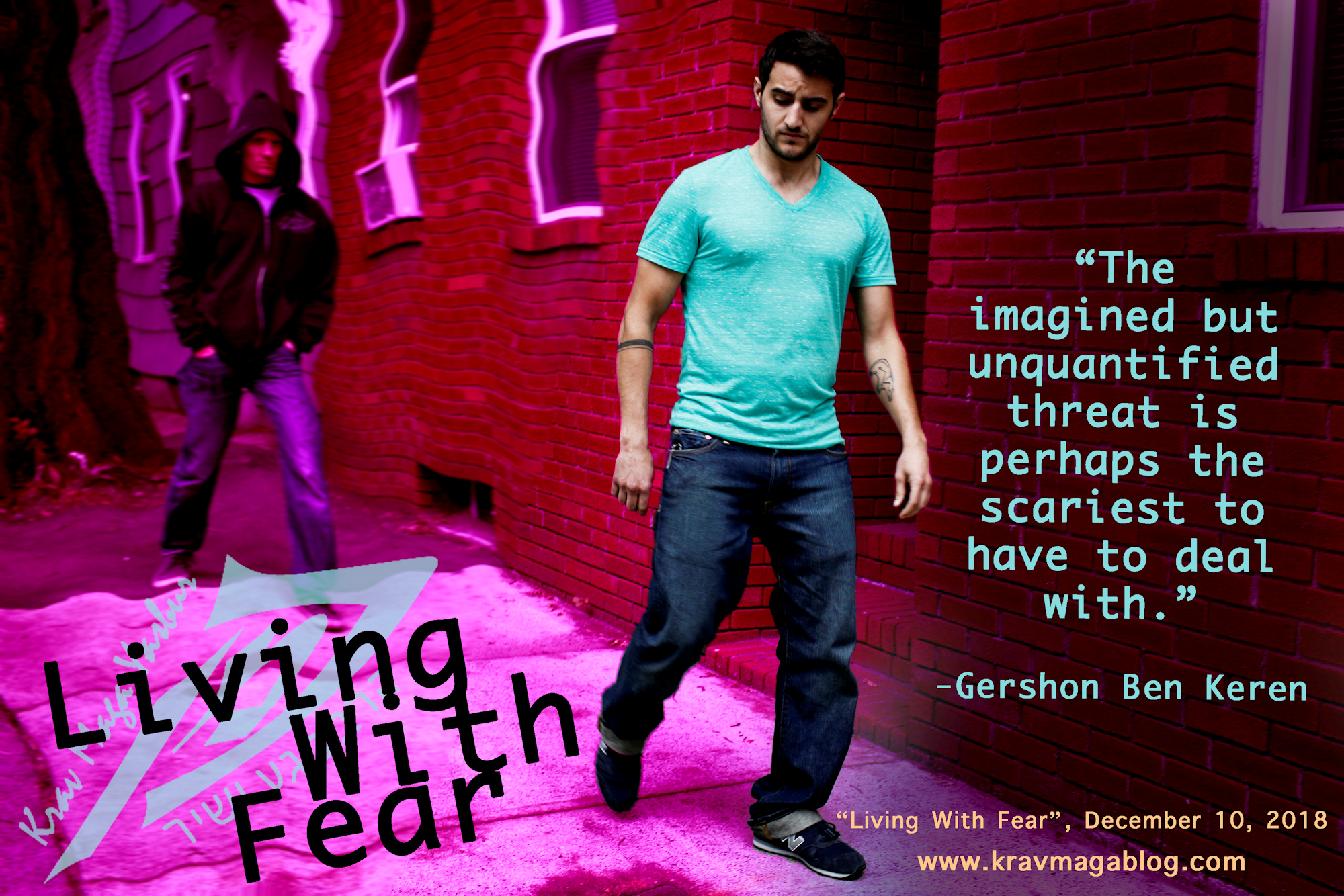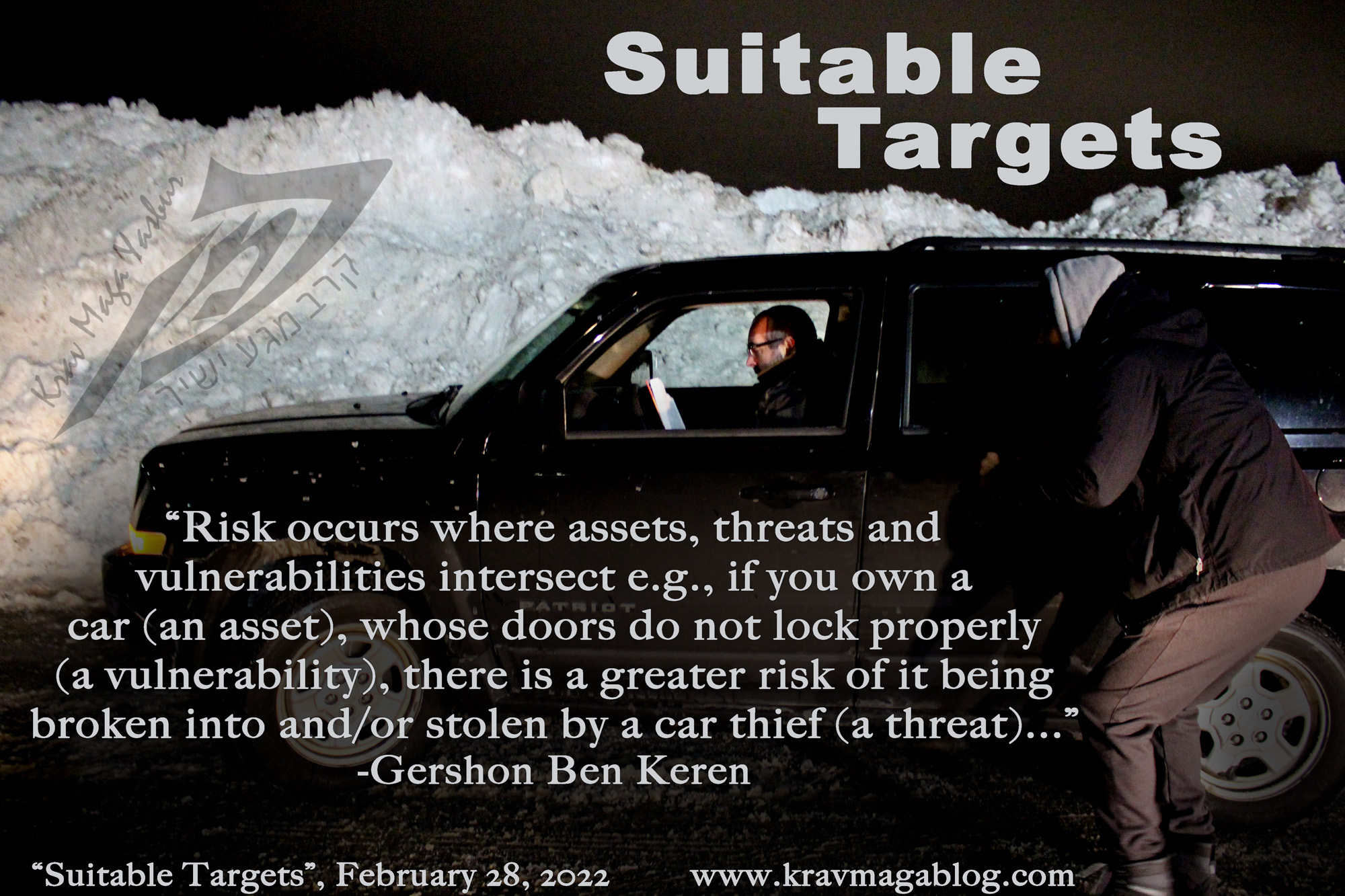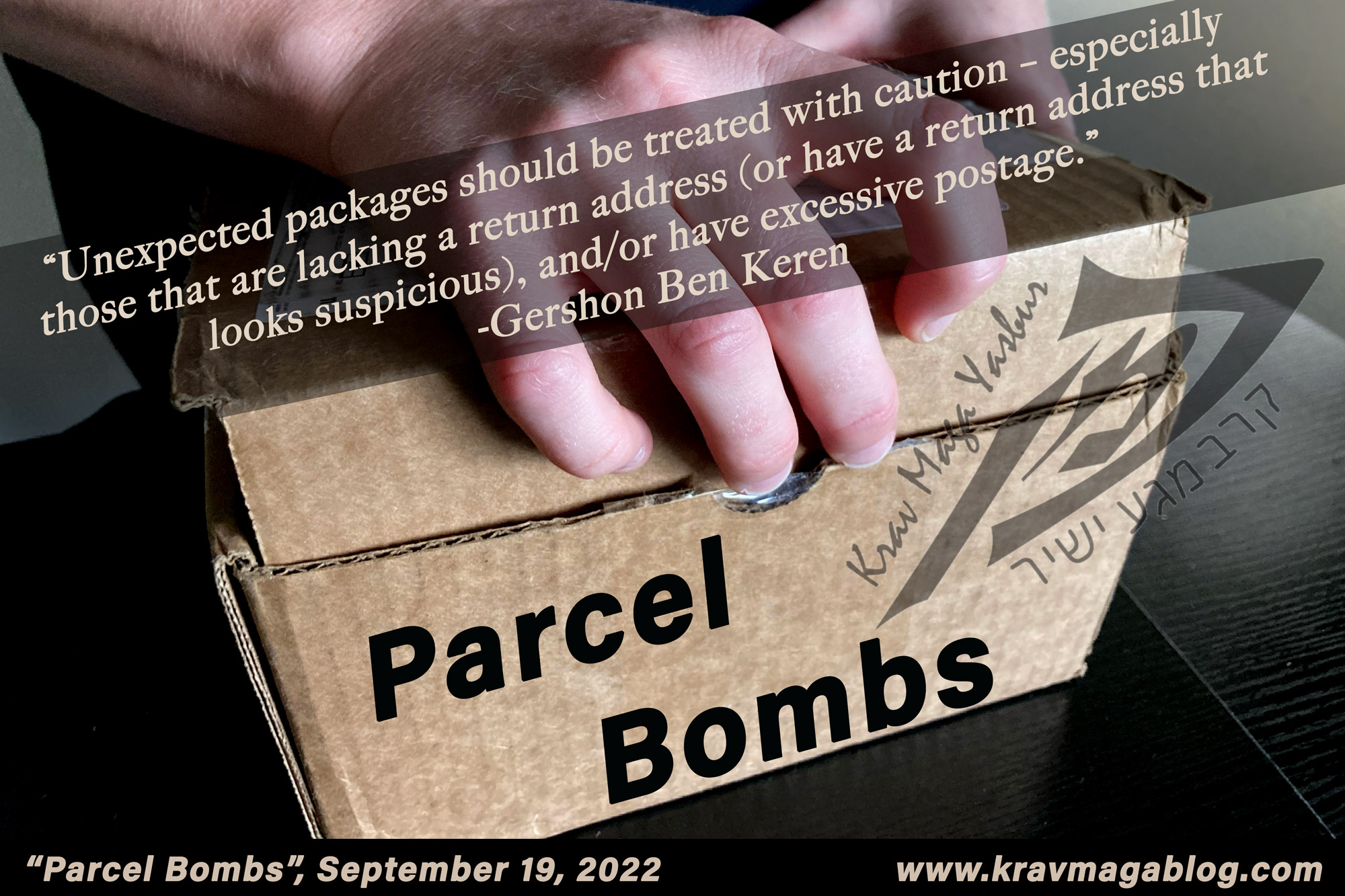Rushing It, is an article written by Gershon Ben Keren, a 5th Degree Black Belt in Krav Maga, who teaches Krav Maga in Boston, MA. He has also authored three Amazon best-Selling Books on Krav Maga.
If time – as a concept – didn’t exist, everything would happen at once. Sometimes when people practice defenses and techniques against attacks, they try and do everything at once, and in one movement e.g. they try to clock a knife attack, and control the attacker’s weapon arm at the same time, rather than recognizing that what they are actually engaged in, is a process with identifiable steps; all of which are necessary if they are to be successful – the block needs to block the movement of the weapon, the control needs to restrict any further movement of the knife, and once secure a disarm or similar can be performed. Each stage needs to be completed before the next can be applied. Unfortunately, it is often the case that the goal overrides the process, that the disarm becomes the focus, and the block and control become secondary to this. When this happens the person performing the technique is “panicking” with it – they are trying to reach the conclusion and end the situation, without first performing the steps that would allow them to do this. This doesn’t mean that the process has to be prolonged with many steps and stages, just that each needs to be completed in turn.
Another area where I commonly see people “rush” what they are doing is when attempting submissions on the ground. As a Judoka (a practitioner of Judo), I love Newaza/ground-work, and although I generally don’t advise going to the ground, it is an area of combat you should be familiar with, and an environment that you should be relaxed/comfortable working in. There are also situations, where disengaging and getting back up to your feet, isn’t an option, and where submissions can be extremely useful e.g. your fighting in a confined space, such as a car etc. However, if you have not first assumed the correct position, from which to apply a submission, it’s not going to be effective. I see a lot of people, try and apply chokes and arm-locks, when they are in someone’s Guard (the person they are trying to submit, has their legs, scissored and locked, around their waist). When you are in such a position it is almost impossible to try and apply the same techniques that you would when in a Mount position (sitting on top of the person), because the person you are dealing with is able to hold you at bay with their legs, preventing you from getting the leverage you require. However, in the stress of the moment, all the person can see is the opportunity to control/lock the person’s arm or apply a choke, and forget that they are not in any position to make these things effective. There is a process that needs to be applied i.e. position before submission.
I see people do the same types of things when sparring e.g. you can throw as many perfect kicks and punches as you want, but if you haven’t first positioned your partner in a disadvantaged position, you won’t enjoy the full effect of them. There is a huge difference between the effect of throwing a front kick against somebody moving in, where the full force of the strike is absorbed, and throwing the same kick against someone who is moving away – where most of the power simply aids/adds to their backwards movement. Unfortunately, this is a step that many people leave out, in the “panic” and rush of throwing the kick. There is a process to throwing a kick or a punch, and the preliminary or first step, is to move the assailant on to it. This week I saw a great example of this in a clip of an MMA fight, which is currently doing the rounds on social media. In it, one of the combatants backs away after taking a body shot, pretending to be hurt and vulnerable. As he backs away, the other fighter thinking he has an opportunity to end the fight rushes in to finish his seemingly injured opponent, only to walk on to a solid punch, that put him down. He was so convinced that the fight was his to finish that he even lowered his guard, leaving his head unprotected. The fighter who demonstrated this gamesmanship, understood that there is a process to a punch, which starts with getting the other person to move in a way that will allow them to receive the full impact of it. Conversely, there is also a process to moving in on an assailant who is backing away – if you rush it, and neglect certain steps you may find yourself walking on to a punch or similar.
In teaching reality-based self-defense, I want to teach people how to end fights quickly. The longer an altercation exists, the more time and opportunities an attacker has to draw a weapon, injure you, or have other third parties join them in their assault. However, you can’t miss steps, and rush your solution; there is a process. If I am dealing with a verbally aggressive individual who I believe may become violent, I have a process that I use: 1. I step back, so they have to move forward if they want to attack, 2. I move off to the side, so they have to turn, in order to attack me, 3. I raise my hands up in a placatory manner so they don’t feel threatened, and at the same time are prevented from making straight strikes and/or grabbing me etc. I have a process, and I complete each step/stage. Now I am ready to either deal with their assault, or launch a pre-emptive attack. Rather than panic and rush to end the incident, I follow a process to ensure I am successful.
Next time you are in a class, listen to each and every step, your instructor explains/demonstrate, and complete each one. There is order and a process to what you are learning, and each step is necessary to ensure your success.
0 COMMENTS














